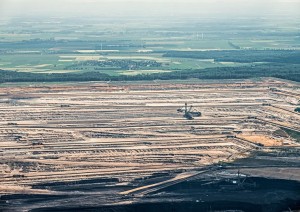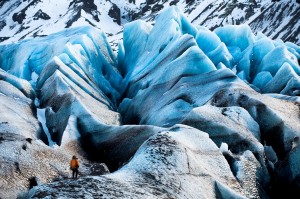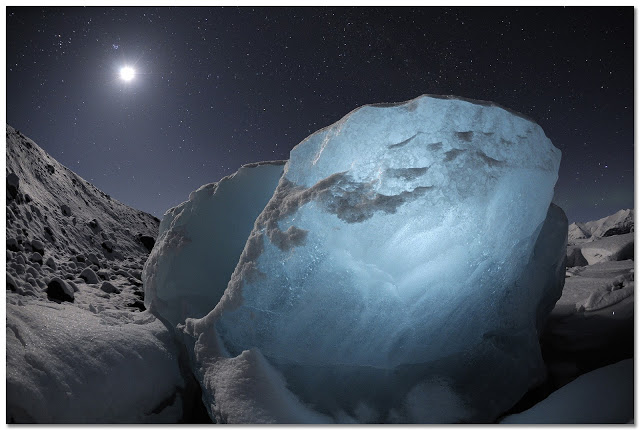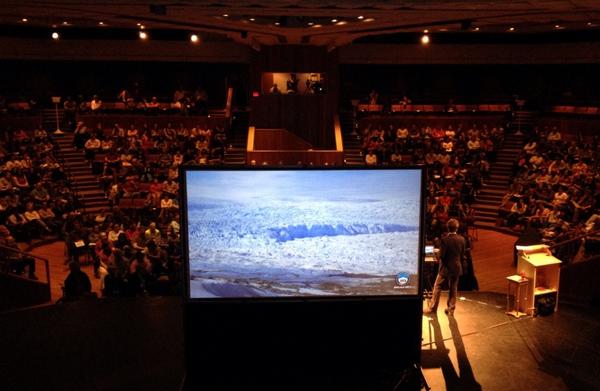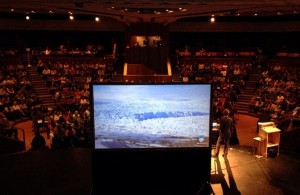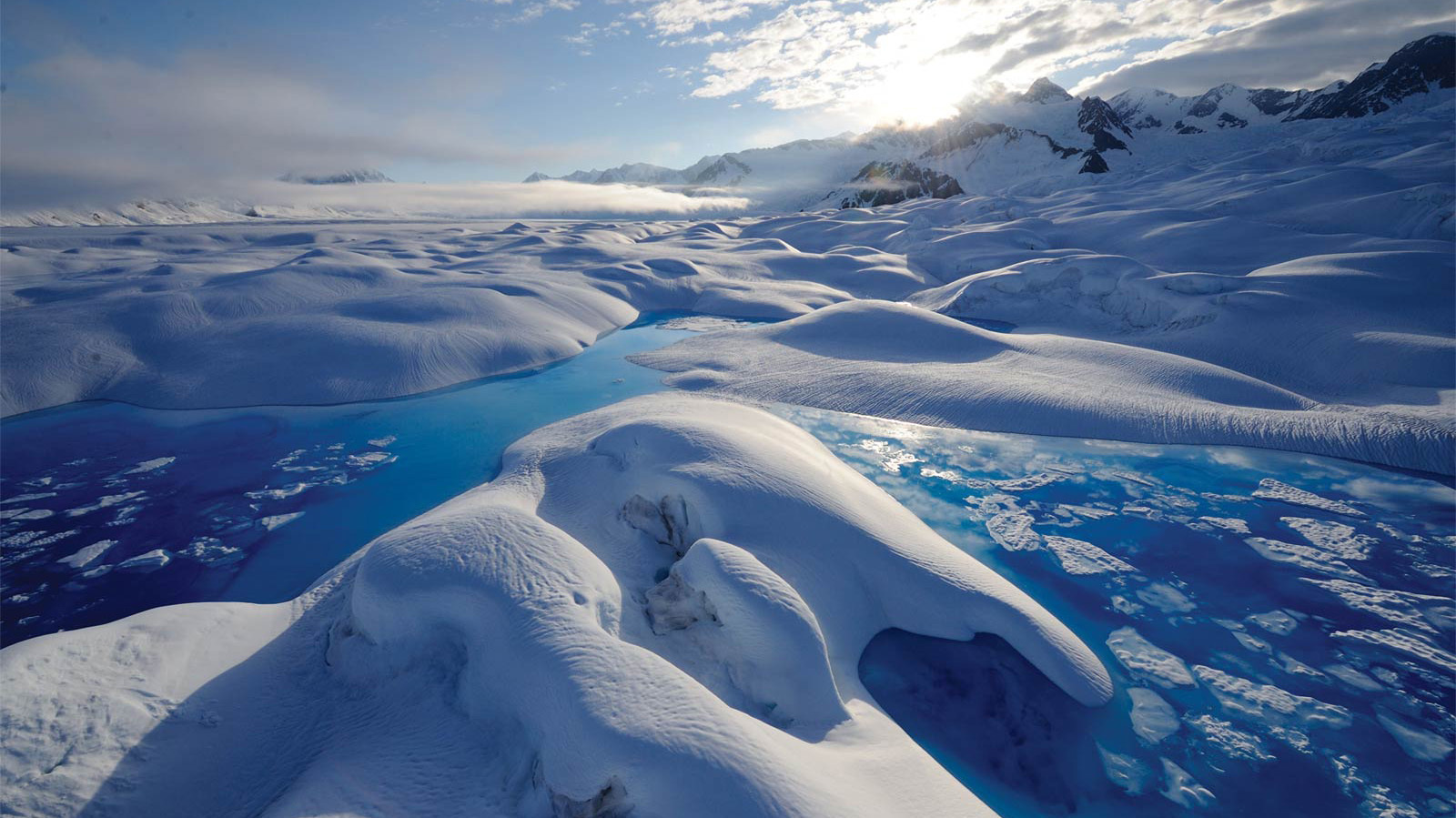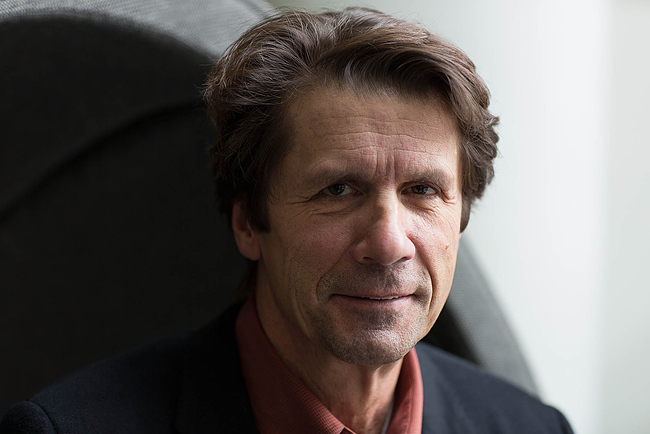I was a member of the second group (lead by the fearless Jeff Niemitz) that attended Voces por el clima the first week and the real-deal COP20 the second week. I like to think as Voces as an excellent learning experience, and a great trial run before we got to the UNFCCC conference. The event was almost entirely dedicated to teaching climate change, because we spent the entire semester learning about climate change, personally, the biggest learning aspect of Voces came from learning to approach people, and improving my Spanish ability. That being said, Voces was filled with knowledgeable people and amazing art expressing the issue of climate change from a personal, abstract and human perspective. There were excellent photographs capturing sea level rise across the globe (they seemed to me to parallel James Balog’s work with glaciers), sculptures made from recycled material, and art lining the road to the main area.
Liz Plascencia and I teamed up, at first going around to the different booths (skipping the shameless Coca-Cola booth dedicated to green-washing and advertising) interviewing people from organizations that were relevant to our topics. However, once that tactic was exhausted we had to figure out a new method to find people that would be relevant to interview out of a seemingly random crowd. In the end we developed a scorched earth like tactic at Voces, we honed in on anyone we thought was a delegate and asked for an interview. The key was in the badges they wore: if it was pink (signifying delegate) we attacked. Initially we attempted small talk, trying to figure out what they did and specialized in specifically, before we asked for an interview. This proved less effective than just going straight for the gold and we transitioned to a more direct approach. In the end this method acquired us some lucrative interviews, with minimal complete busts. When we eventually arrived at COP, I felt very confident and comfortable talking to delegates.

Voces was certainly an informational place to be… especially if you spoke Spanish. Due to the fact Voces was largely centered on what Peru, and other Latin American countries are doing to combat climate change the majority of people there were exclusively Spanish speakers. While I have taken Spanish for many years and am proficient in the language, it certainly helped to team up with Liz (a native Spanish speaker) for interviews. After Voces por el clima my Spanish has never been better.




